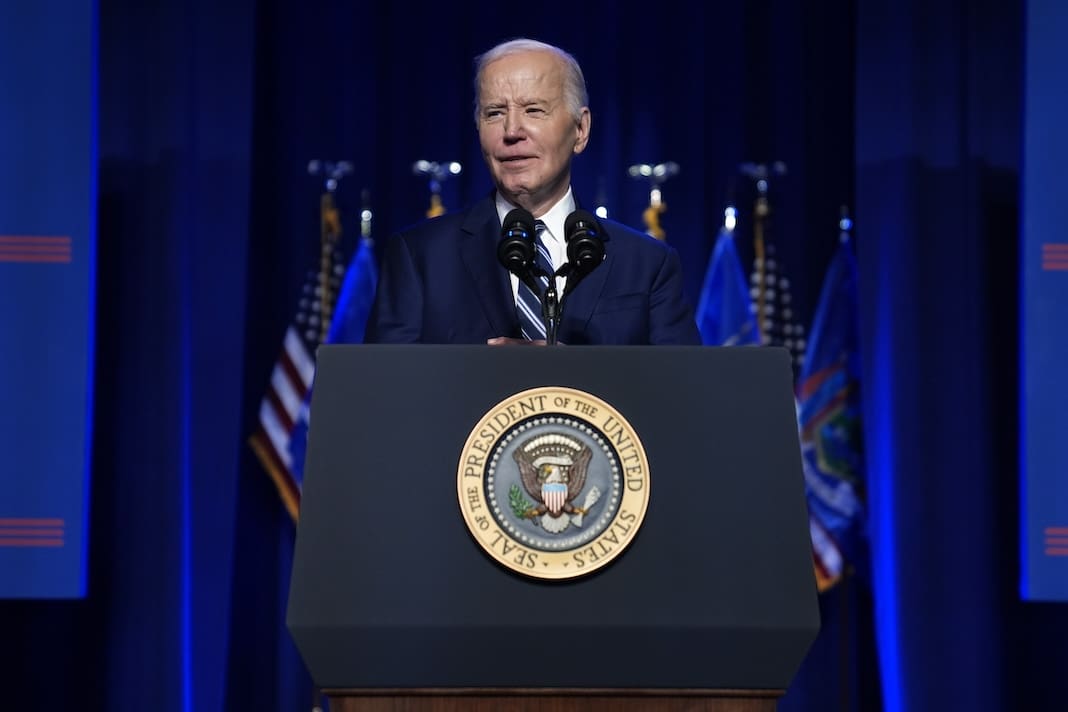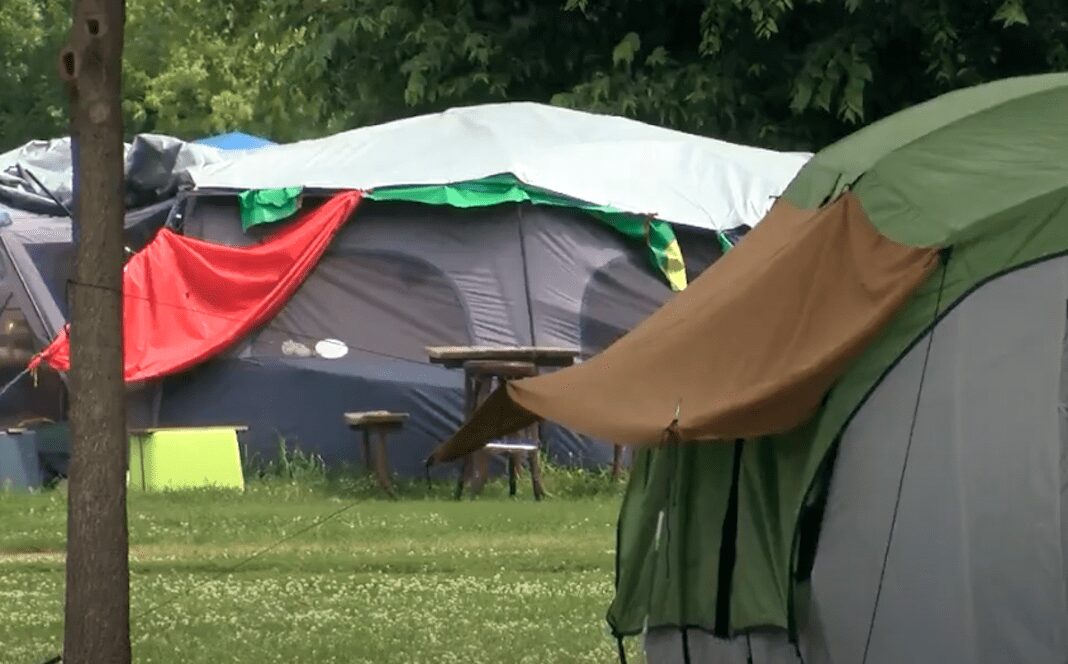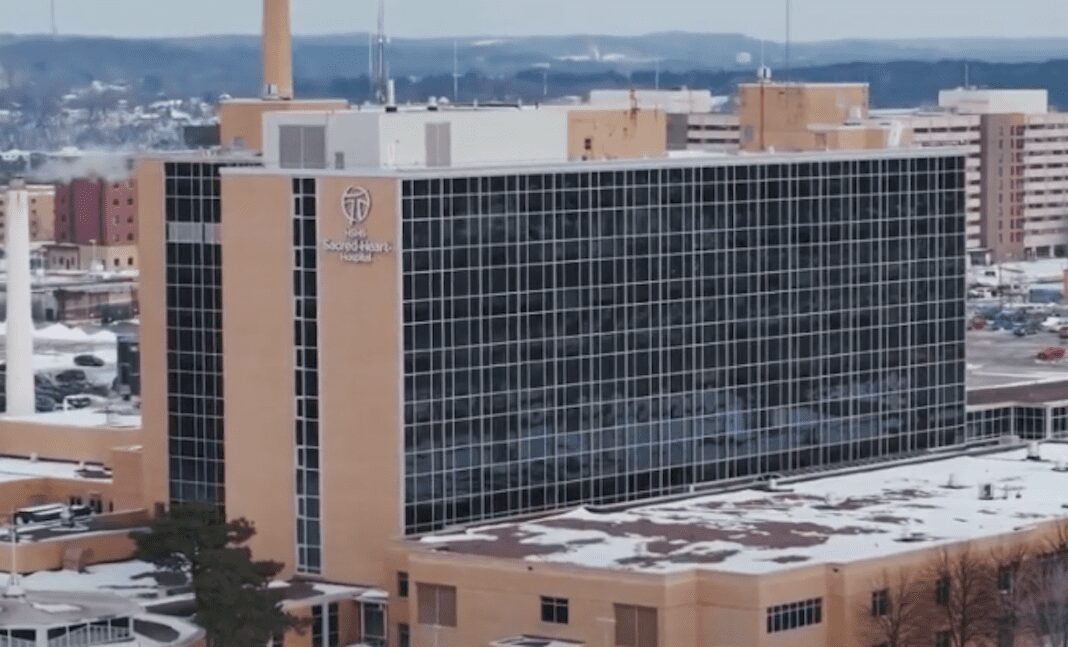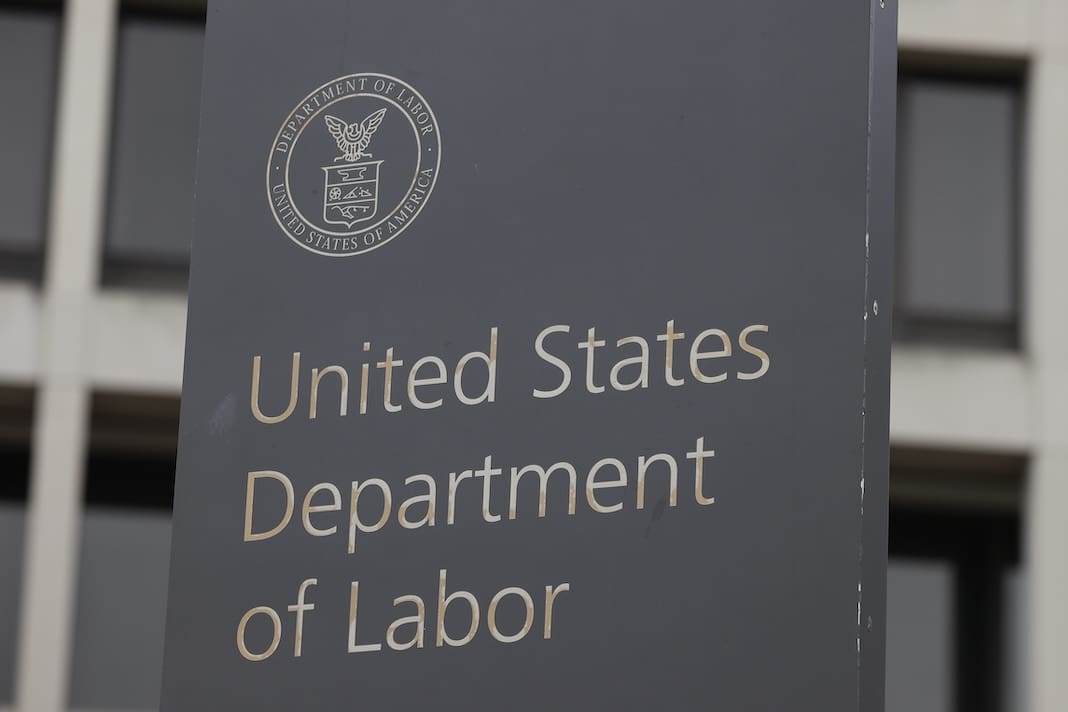Wisconsin rural communities will get boost under new state program
The Thrive Rural program will give 10 rural communities access to up to $25,000 in grants to accomplish economic development goals.

Gays Mills, Wisconsin, is going through an identity crisis, as Martha Querin-Schultz put it.
The small southwestern Wisconsin village of about 521 people is known for two things: popular apple orchards that bring in thousands of visitors every fall and devastating and persistent flooding from the Kickapoo River that has forced part of the community to move to dry ground.
The flooding has been defeating for the community, said Querin-Schultz, the co-director of Connect Communities Gays Mills. Over the last decade, the village has put down new roots uphill and built a new gas station, a mercantile center, a community center, a grocery store, housing, a funeral home, and other businesses, leaving the original historic downtown in the flood plain.
“It was supposed to be the new Gays. But downtown, the historic downtown, never really went away,” Querin-Schultz said. “So we have kind of an identity crisis. Which is Gays Mills?”
One of the main features of the new development is a paved oval plaza, which was intended to someday be a community meeting space.
“So we thought, let’s do that. You know the old adage: Build it and they will come. If there was a gathering place for movie night with the library, or storybook time, or maybe we could get the farmers market to move there, music — whatever. Just get people to uptown Gays Mills,” she said. It would create a “sense of space” for the transforming community.
With the help of the state’s new Thrive Rural program, the plan to redefine the village’s identity can become a reality.
Gays Mills and nine other communities have been selected to participate in the program, which is intended to help rural communities achieve big economic development goals. Each community will have access to up to $25,000 in grants and receive technical assistance in planning and grant writing for two years.
The program has helped the village of Gays Mills and Querin-Schultz’s group think bigger. In addition to building a pavilion over the plaza with new landscaping, they also want to transform an empty city block with more housing and commercial space.
It was the same for the village of Bonduel in northeast Wisconsin, which hopes to use the program to address a housing shortage in the community of about 1,400.
In the last 20 years, only one new house has been built in Bonduel, according to Jesse Rankin, director of municipal operations for the village. The village has purchased land and has shovel-ready lots, but it’s been hard to make more housing a reality. The village only has four staff members, and Rankin oversees public works, parks, roads and streets, grant writing and business development.
But the Thrive Rural program has sparked new hope for Bonduel, said Rankin. In addition to housing, the village may also be able to revitalize its downtown and update its village facilities.
The program goes beyond the dollar amount a community may get, said Adam Lamoureux, executive director of the Sawyer County/Lac Courte Oreilles Economic Development Corporation, and the assistance in finding the grant money is the highlight of the program.
His group wants to develop a business incubator to help more young people launch businesses in the area, in which a lot of current business owners are retiring. Lamoureux said the new state program will help revitalize rural Wisconsin.
“I think it’s a really great idea because if you see how the funding works, a lot of times these are the communities that are kind of left behind, because they don’t have the biggest voice, the voice to advertise ourselves,” he said. “There’s so many cool little towns and cool spots, and with a little revitalization, it just helps the whole community and the standard of living.”
Just up the river from Gays Mills, the Vernon County Energy District will use funding under the program to support its work connecting families, businesses, schools and municipalities with sources of renewable energy.
One of its current projects is a feasibility study on developing a solar microgrid for the village of La Farge, which also experiences frequent flooding from the Kickapoo River and often relies on a diesel generator.
“I think the real positive thing of this is it meets the rural communities where they are,” said Al Buss, board president of the Vernon County Energy District. “It’s not somebody from the ivory tower swooping in saying, Here’s what we’re going to do. It’s more like, We’re going to work with you, let’s work with you to meet the needs that are there. There isn’t a one-size-fits-all, and I think that’s what’s important to understand, is what La Farge needs is not necessarily the same as a city or a small town in northern Wisconsin needs, or anywhere else.”
The other community groups that were selected for the program are the Vilas County Economic Development Corporation; Marinette County and InVenture North; the Kewaunee County Economic Development Corporation; the Bayfield County Housing Authority; the Red Cliff Band of Lake Superior Chippewa Indians; and Wood County.




